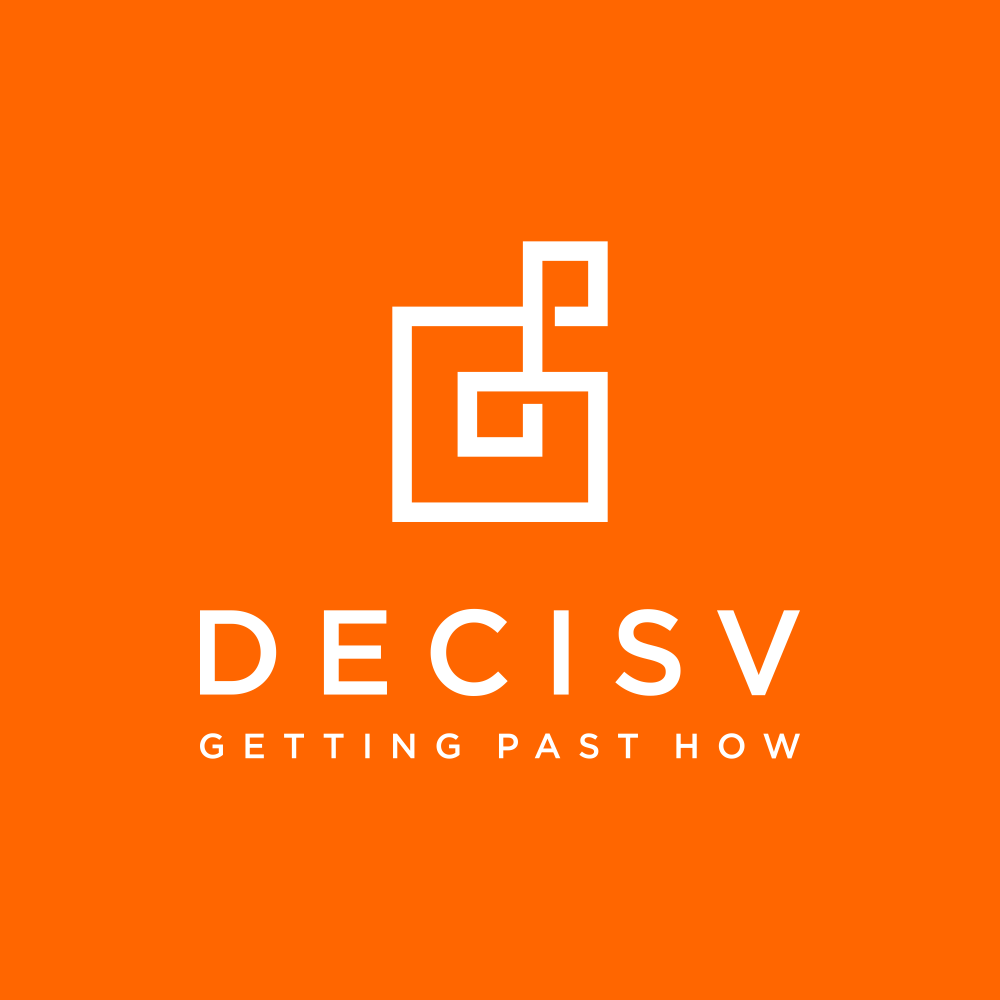Working in Two Time Dimensions

The purpose of this blog is to capture my thoughts about the current state and future direction of the profession of management.
I don't buy into the leadership vs management debate: it feels like a false dichotomy to me.
Part of the problem is we need new words. So I use [.] as a place holder instead of 'manager', 'management', ‘leader’ or ‘leadership’. The idea is that by taking the word away we can see these people more clearly.
I'm keeping the blog simple and free of fiddle faddle. If you want to talk things through please hit me up on Twitter (@rl_rohan) or LinkedIn (Rohan Light).
(This post continues my look at the idea of futurity: from my previous post, futurity is the time span over which a decision is effective)
The [.] makes the hard decision to think and work in two time dimensions: the present and the future. The path to the important thing they are taking responsibility for will be a long one. They will make countless decisions in the moment, all of which can change that path. Not all will be decisive in achieving the goal, and we cannot be sure which will be decisive before we make them.
A decision is proven when experience demonstrates the original intent has been achieved. More often than not this proof is incomplete. Sometimes experience demonstrates that the decision was quite mistaken. Every now and then it turns out that the decision was spot on. It is easier to prove a decision the shorter the time frame. This is one reason why ‘short term thinking’ is prevalent.
‘Short-termism’ offers an easy target for criticism, and I have been such a critic many times. But when we need evidence of a decision's wisdom to convince others, taking decisions of short futurity is rational.
Kenneth Mikkelsen and Dave Gray are two contemporary thinkers looking at what it means to live in a 'liminal state'.
Mikkelsen: "The term liminality describes a state of transformation with huge implications for culture, community, identity and values. It is a stage of ambiguity and disorientation that precedes a breakthrough to a new way of thinking"
The present business environment is such a liminal state. The rate at which yesterday’s digital breakthrough becomes tomorrow’s legacy burden is quickening. The time frame for the proving of strategic business decisions is lengthening.
My sense is that this lengthening of effective time frames is logarithmic. Anything future oriented that proceeds with a logarithmic scale quickly becomes unmanageable using mass-production era techniques. Even the most basic business decisions extend far out into the organization’s timeline and with rapidly increasing unpredictability.
I’ll take a quick detour here and potentially annoy some of my colleagues in the analytics industry. I look very closely at claims around predictive or prescriptive analytics. A basic rule of thumb I have with analytics is that, if placed into a business environment where mass-production era management doctrine dominates, analytics platforms just become sophisticated investments in confirmation and expectations bias.
I don’t say this lightly. It’s the result of several years observing what happens when organizations give mass-production era business leaders responsibility for managing analytics units. I serve as the Chairman of a national analytics users community. I've look at this issue from a range of perspectives, from platform vendor through their partner network and then into the professional ranks of architects, technologists, analysts and business leaders.
The issue isn’t claims of predicting the future: it’s around how we use evidence to support planning for that particular view of the future. One thing I like to get clear on up front is that there are no facts about the future. There can’t be: facts only occur in the past. Predictive analytics is conjectural in nature and is intelligible only in terms of how confident we can be in the predicted timeline. Just as it is easier to prove a decision in the short term, it is easier to prove the value of analytics by reducing the length of the predictive timeline.
None of this is inherently bad. The basis of Bayesian reasoning is to feel your way forward. This is a mindset I thoroughly recommend to leaders. The problem emerges when our attention is captured by the short term at the same time that the futurity of decisions is getting longer.
There will come a point when focusing on the short term will be indistinguishable from staring at a wall. Which is when we may as well manage by the lucky 8 ball. That’s an easy laugh, but with so many business instruments proven to have no real value (I’m looking at you, MBTI and soft-scoring risk matrices) many organizations are doing exactly that.
The [.] lives forever in two time dimensions. They must maintain the present and define the future in each action and decision. The [.] integrates the future with the present only by taking action. And action, to be intentional, must have a purpose.
For purpose to be, well, truly purposeful it must have a visionary component to it that stretches out beyond the short term. But this is where we run into trouble. Because the more distant the future, the more diffuse that future and our brains do not like the diffuse. Hence my insistent focus on the [.] taking responsibility for something important. If it is important we will find a way to make it happen. This is the human gift and why I view business as an inherently creative act.
Because the [.] lives deliberately and intentionally in two time dimensions, every basic business decision is a long range one: that is, it has long futurity. It will take a long time to prove and the [.] may not even be around to see its full effects. This is a scary thing indeed. In the mass-production organization, people tend to be wary about signing up for something that takes more than a financial year to come about. If something takes decades to work through, people get jumpy. This is why making decisions with long futurity is one of the great challenges the modern business leader faces. How to get people in the organization comfortable with such ambiguity?
The skill which senior leaders need to encourage in their people is the capacity to regularly make these decisions. It is from the cadre of people who become comfortable making strategic decisions with long proving timelines that the [.] will emerge. The good news is that this skill can be taught.
It involves doing away with the idea of seeking a point estimate and the use of assumptions to support that point estimate. It means helping people learn how to construct theory that makes use of both discipline of thought and exercise of imagination. It means working with what is known as a basis for conjecture, and then to attach confidence to that conjecture.
An important part of making this happen is to separate thinking around what the business is now, and what it can or should be in the future. The two use different parts of the brain and anchoring will generally trump dreaming. We reach the future through the present. It’s important that the future is recognizable in some way, but if it's too recognizable then we are just looking at the short term.
The two must inform each other in some way, but not in such a way that we find ourselves in an ‘or’ situation. ‘Or’ questions are easy and the path of the [.] is not easy. The [.] must integrate the two and find the ‘and’. What do I mean by this? I’m referencing Roger Martin’s excellent 2009 book ‘The Opposable Mind’ where we can “… hold two conflicting ideas in constructive tension. We can use that tension to think through to a new and superior idea”.
Martin moves from the opposable mind to ‘integrative thinking’, which is: “The ability to face constructively the tension of opposing ideas and instead of choosing one at the expense of the other, generate a creative resolution of the tension in the form of a new idea that contains elements of the opposing ideas but is superior to each”.
This is where I take a quick detour. Reading ‘The Opposable Mind’ was a big reason why I set out on this journey of trying to identify just who the modern [.] is. The mantra “or is easy, and is hard” has influenced much of my present work. It’s an approach which we can cultivate and after a while it just becomes second nature. In the context of this small series of posts on futurity I’m applying the or-is-easy mantra to the problem of working simultaneously in two time dimensions.
One of the first things to go when exercising an integrative approach to working in the present and future is the financial concept of time-as-money, the clock sense of time-as-unit and the analytic approach to time management. In the right context, these approaches are useful and valuable. But they quickly break when contemplating futurity of decision making in the present against a distant vision of a better future.
The good thing is that these concepts are constructs we use to make life easier. They don’t reflect our native sense of time, our experience of biological time. They constrict our capacity to imagine and create, which is what’s needed to reason our way towards integrating present and future.
Getting our heads around futurity and its implications for what we decide and how we act is a precondition for reclaiming a full sense of agency over what we do. Without this agency we will always be haunted by the sneaking suspicion that our ability to direct events is a fiction. It is one of the defining qualities of the [.] that they are determined to regain control over events. Because without this control over what they do they will be unable to create the future.



